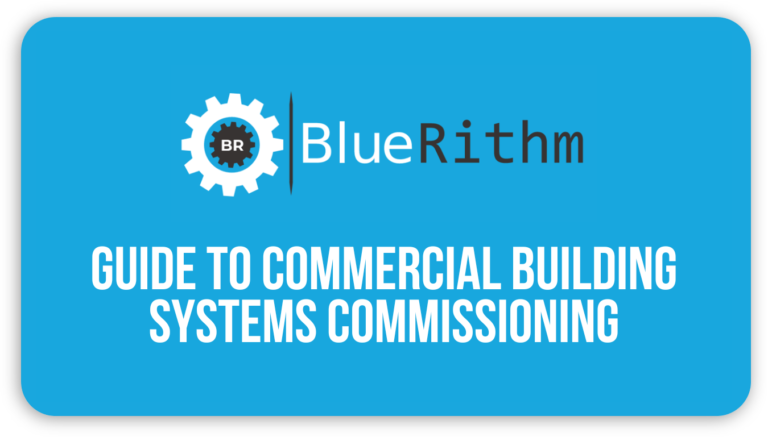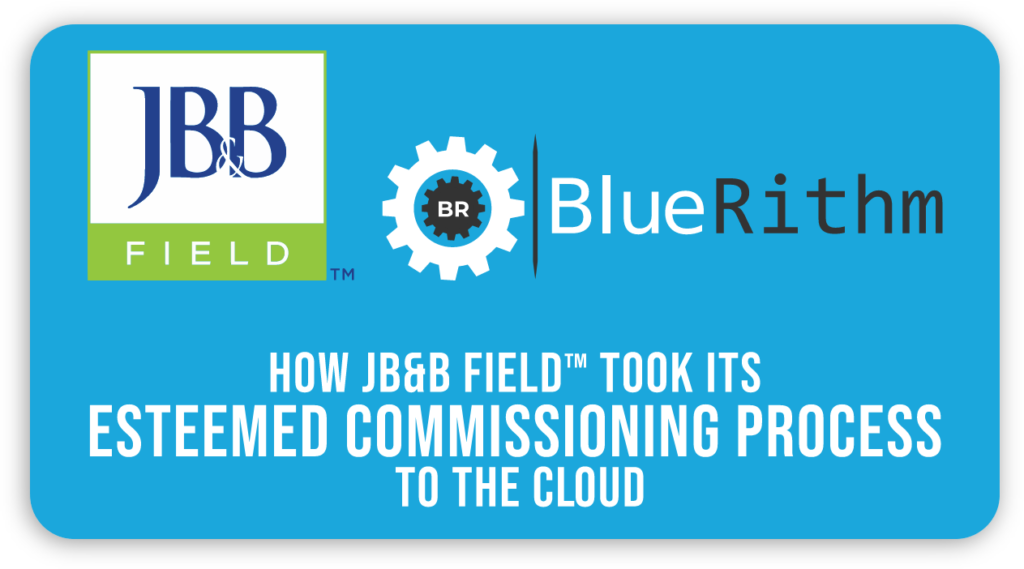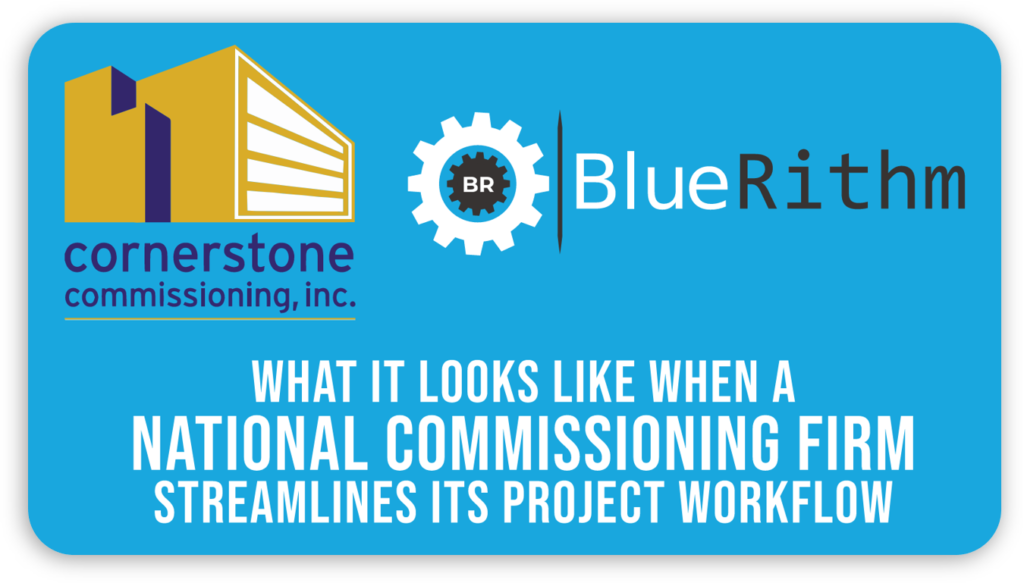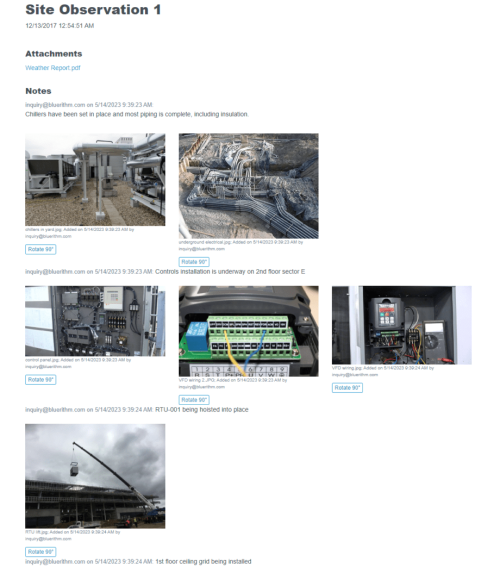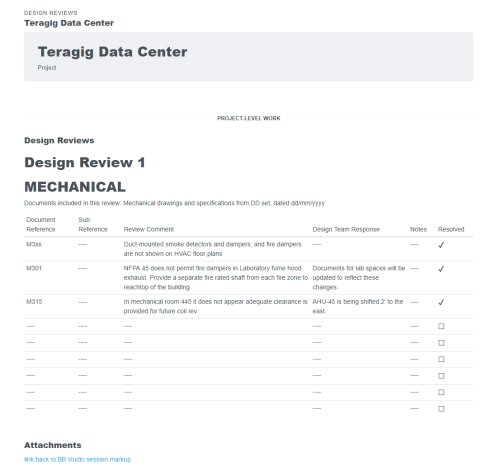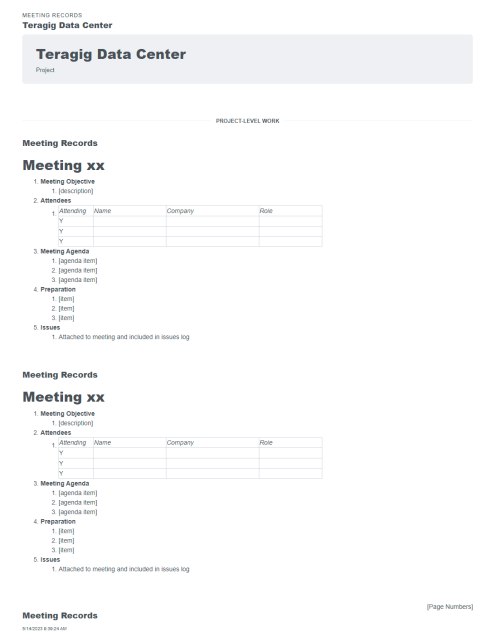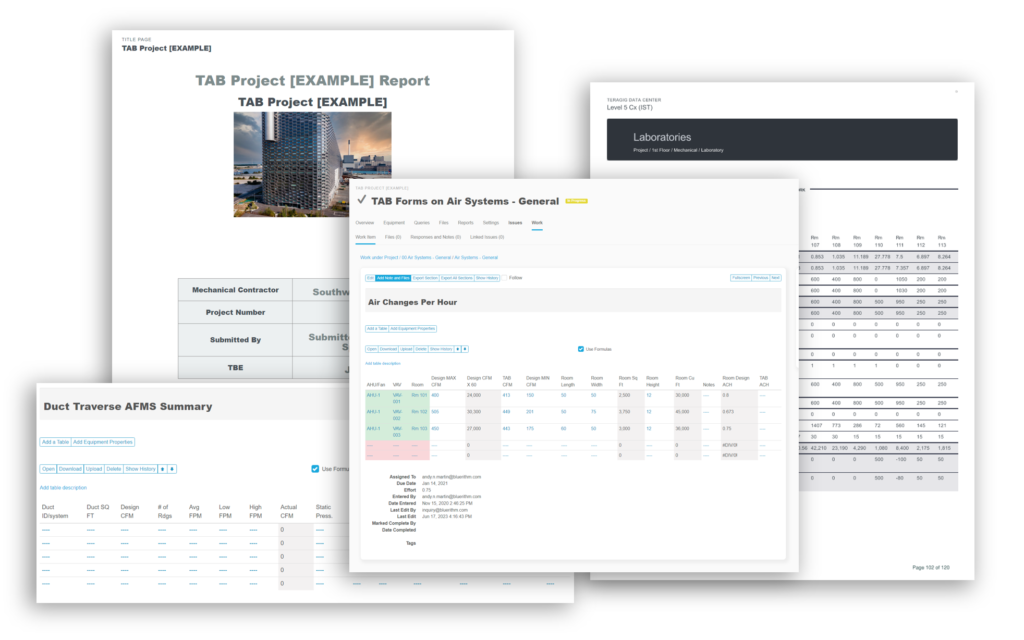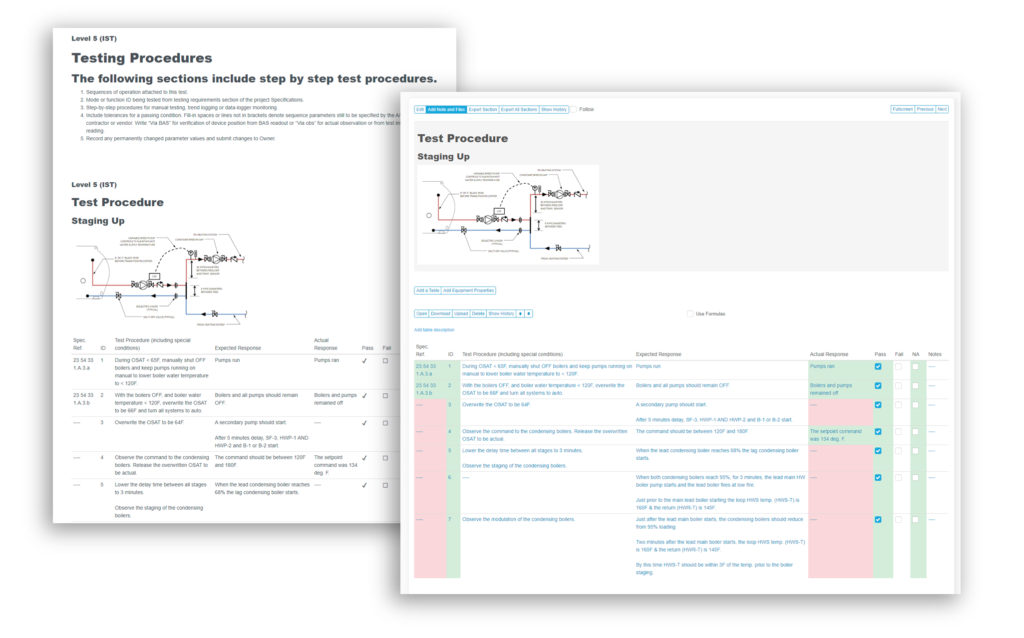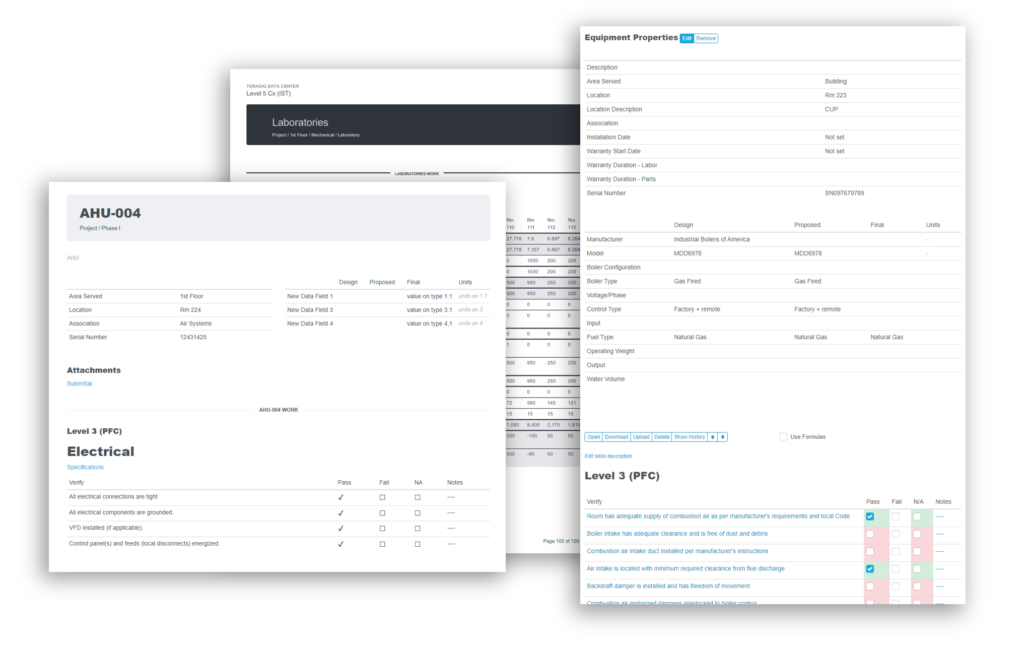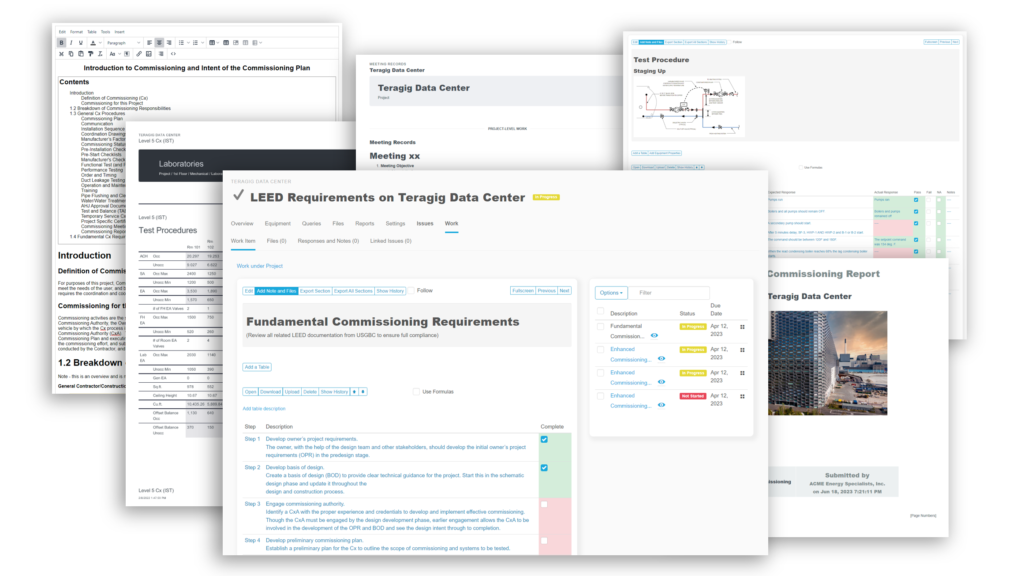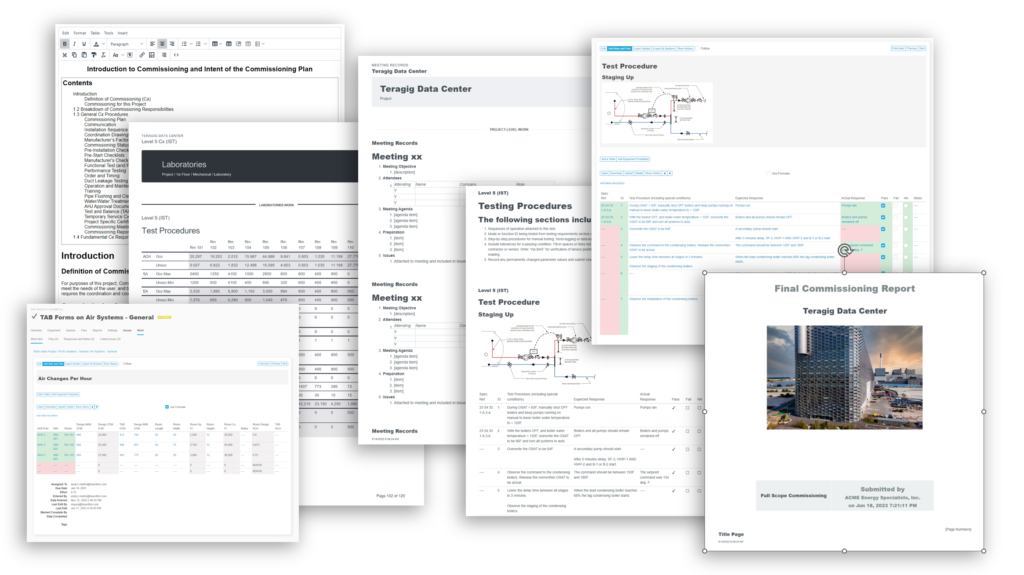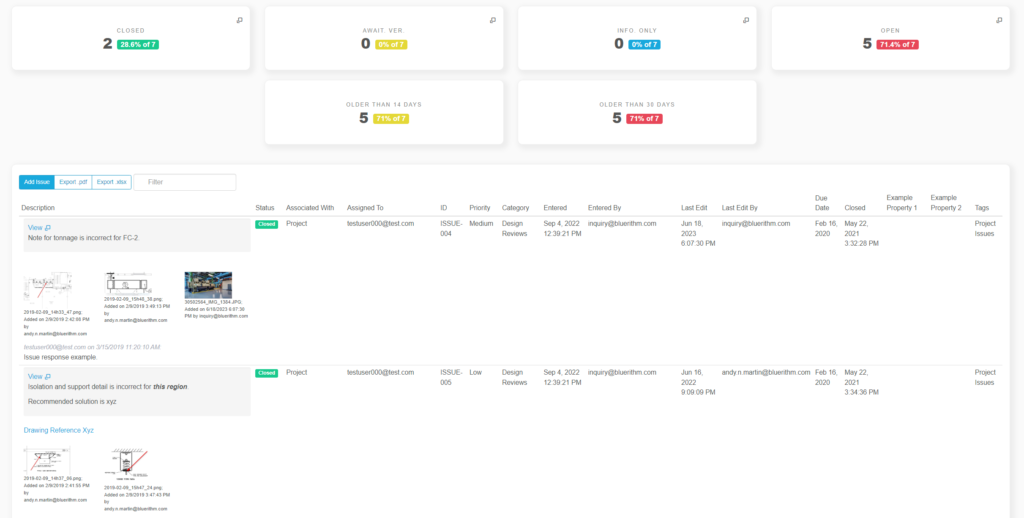Cx – Commissioning Process
NCCx – New Construction Commissioning
EBCx – Existing Building Commissioning
CFR – Current Facility Requirements
RCx – Retro-Commissioning
ReCx – Re-Commissioning
MBCx – Monitoring-Based Commissioning
OCx – Ongoing Commissioning
CxP – Commissioning Provider
CxA – Commissioning Agent or Authority
OPR – Owner’s Project Requirements
BAS – Building Automation System
EMIS – Energy Management and Information Systems
FIMs – Facility Improvement Measures
ECMs – Energy Conservation Measures
AFDD – Automated Fault Detection and Diagnostics
M&V – Measurement and Verification
O&M – Operations and Maintenance
EUI – Energy Use Intensity

